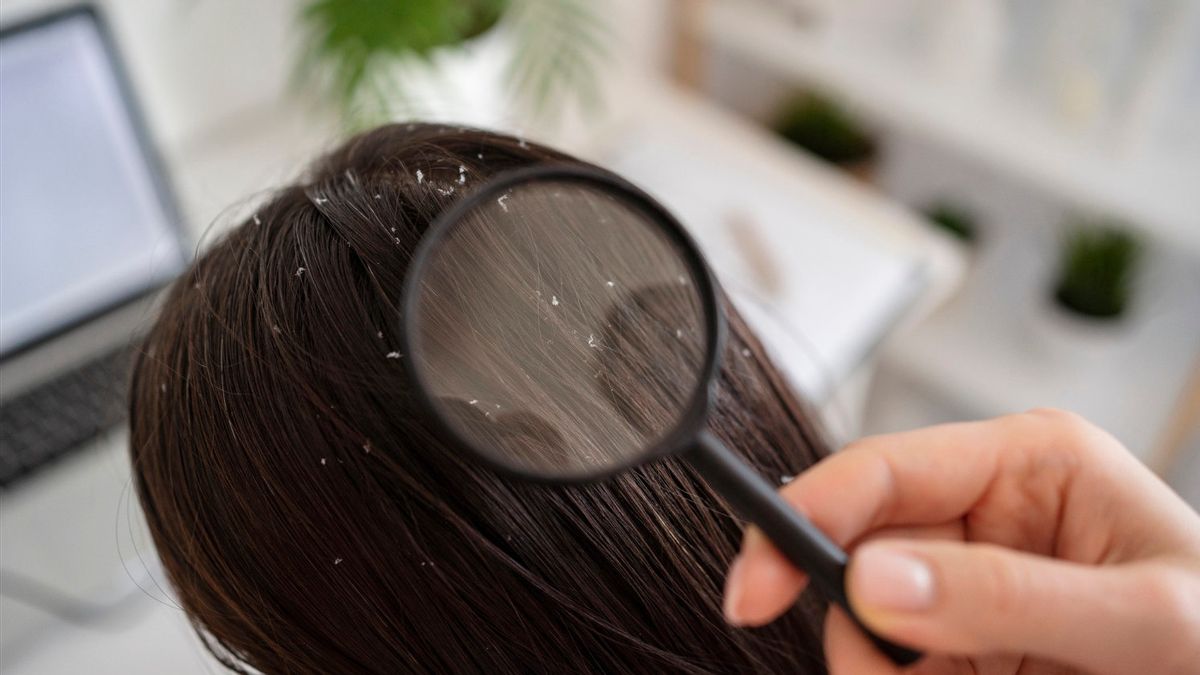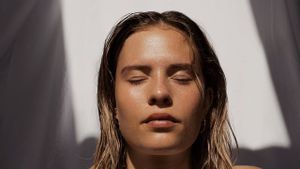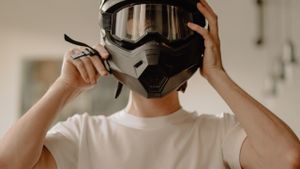YOGYAKARTA Ketombe often disturbs appearances in addition to making itch heads. There are two kinds of ketombe disturbances that are actually different but often misunderstood. Namely, wet ketombe or known as seboroik dermatitis and Malasezia which are recognized as dry ketombe. What are the differences between wet and dry ketombes and the causes and how to overcome them? Check the following explanation.
The main cause of wet ketombe is seboroik dermatitis. This makes temples oily, red, and scaly. The peeling white scales or yellowness, called ketombe. It is important to understand, seboroik dermatitis can not only be experienced on the skin of the head. But also eyebrows, garcish, armpits, chest, upper back, ears, and along the nose side. Seboroic dermatitis in babies, called crab caps.
Dry ketombe, actually originated from dry skin due to a number of factors. Among them are cold air, contact dermatitis, advanced age, and the use of products that remove skin natural oil. When the skin is dry and overgrown with Malassezia yeast, the skin cells in the scalp will peel faster than usual.
Both wet and dry ketombes are actually both annoying. Both skin responses to a number of factors. Be it age, hormone, stress, and other medical conditions. However, wet and dry ketombe can be distinguished from appearance. Wettombe is larger and looks oily. While ketombe is dry, smaller, dry, and feels itchy but not inflamed.
It is important to understand how to deal with a ketombe needs to match the cause. If a ketombe is due to dry skin, just wash it with a soft shampoo and then use the conditioner to moisturize. Also add a moisturizer before bed. If the cause of the ketombe is due to dry facial skin, the ketombe will disappear after you shampoo the morning.
SEE ALSO:
To treat dry scalp, avoid using hair care that absorbs moisture. If this is the problem, it is enough to use an anti-tombe shampoo that contains zinc pyrithione, selenium sulfide, ketoconazole, salicylic acid, coal tar, or tea tree oil.
In addition, avoid hair products that contain harsh chemicals, such as bleach and alcohol. Try to sunbathe for a minute in the sun every day. Because launching Healthline, Monday, October 21, UV light boards can help control ketombe. However, it should not be exposed to the sun for too long to reduce the risk of skin cancer.
Unlike overcoming dry ketombes, wet ketombes because seboroik dermatitis needs to be addressed specifically. Although anti-tombe shampoo helps remove them for a while, it still requires a doctor's diagnosis and treatment recommendations. Usually, wet ketombes because seboroik dermatitis requires treatment for at least 6 months. Most importantly, doing skin care to reduce the ketombe layer is widening or disrupting appearance.
The English, Chinese, Japanese, Arabic, and French versions are automatically generated by the AI. So there may still be inaccuracies in translating, please always see Indonesian as our main language. (system supported by DigitalSiber.id)


















